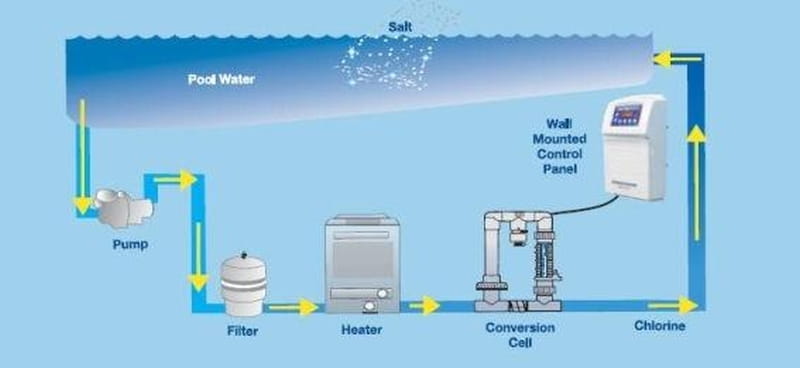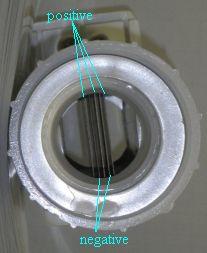
What is a Salt Pool?
 One of the most common questions we receive is: “Do you handle saltwater pools?” The short answer is yes. However, I’ve come to realize there’s a lot of misinformation and confusion about what a saltwater pool actually is.
One of the most common questions we receive is: “Do you handle saltwater pools?” The short answer is yes. However, I’ve come to realize there’s a lot of misinformation and confusion about what a saltwater pool actually is.
Saltwater pools are referred to by many names: saline pool, salt generator, salt chlorine generator, non-chemical chlorine pool, free chlorine, salt system, zero chlorine, and even mineral pool. While most of these terms are incorrect, they all refer to the same thing. A “saltwater pool” isn’t inherently special or different from a traditional pool in terms of construction or plumbing. The key difference is the addition of a chlorine generator to the filtration system and high-quality salt to the water—voilà, you have a saltwater pool! Simply put, a saltwater pool produces chlorine on-site rather than requiring you to add it manually.
To understand how a salt chlorinator works you must understand that chlorine comes in different physical forms. Liquid, solid, gas, chemical, non-chemical, modified solid, etc. A Chlorine generator works by converting the salt molecule that has been put into the water INTO a chlorine molecule. This is done by removing an electron from the salt though a process called electrolysis. The chlorine molecule then goes out into the pool, attacks a waste molecule, burns off (kind of like evaporating) and leaves behind the salt molecule to eventually go back to the pump and chlorine generator and repeat.
 To understand how a salt chlorine generator works, it helps to know that chlorine comes in various physical forms—liquid, solid, gas, and chemical variants. The generator converts the salt in the water into a non-chemical chlorine molecule through a process called electrolysis, which removes a neutron from the salt. The chlorine then enters the pool, sanitizes by attacking waste particles, and burns off (similar to evaporation), leaving behind the salt molecule to cycle back through the system and repeat the process.
To understand how a salt chlorine generator works, it helps to know that chlorine comes in various physical forms—liquid, solid, gas, and chemical variants. The generator converts the salt in the water into a non-chemical chlorine molecule through a process called electrolysis, which removes a neutron from the salt. The chlorine then enters the pool, sanitizes by attacking waste particles, and burns off (similar to evaporation), leaving behind the salt molecule to cycle back through the system and repeat the process.
Pool Article Categories:
Copyright Luxury Pools and Living 2005-2025
Cookie Policy | Privacy Policy